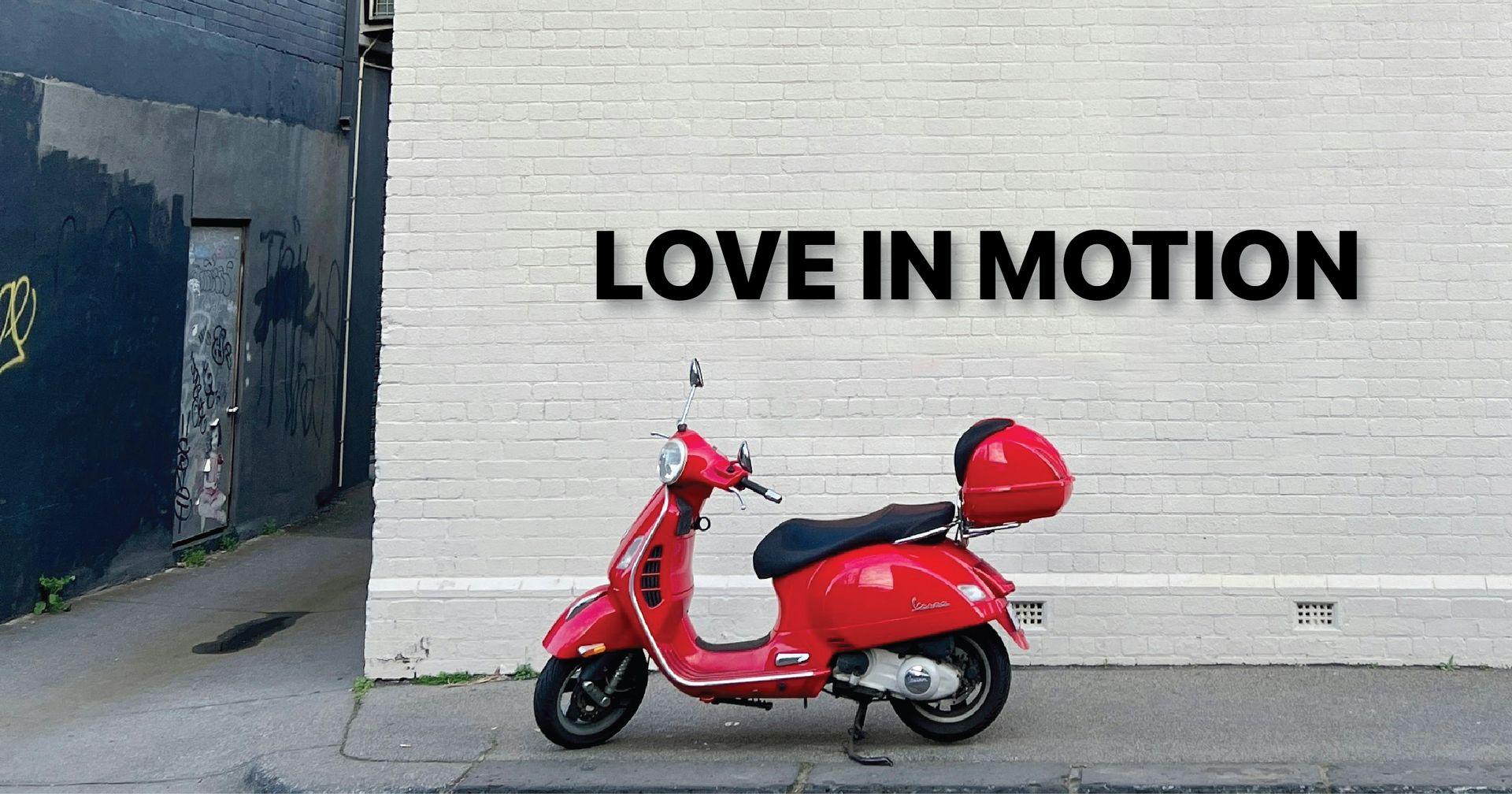I was deep in the swirl of retreat prep—emails flying, flights being confirmed, last-minute adjustments for the LifeApp 3 Day. My mind was racing through logistics while my fingers danced across the keyboard. You know the feeling—when productivity becomes your posture, and presence gets pushed to the backseat.
Then I heard it.
Little feet on the stairs. The unmistakable rhythm of a four-year-old's enthusiasm.
Moments later, my grandson burst into the room—bright eyes, jacket in hand, and a request already forming on his lips. “Grandpa, can we go for a ride on Auntie's scooter?”
Now, you need to know: this scooter isn't just a scooter. It's magic. It's adventure. It's wind and wheels and wonder. It's our thing. When we ride, he laughs so freely it feels like something holy.
But I was busy. Important things. Meaningful work. I almost said no.
But in his voice was a bid—not just for a ride, but for me. For shared joy. For presence.
So I paused. Took a breath. Closed my laptop.
“Let's go,” I said.
We rode around the neighbourhood, his arms holding on tight, laughter trailing behind us like streamers in the wind. “Go faster grandpa!” We waved at neighbours. Pointed at clouds. Stopped to admire a backhoe (because that's just what you do when you're four). And for that small window of time, the world felt perfectly aligned.
That ride didn't delay my work. It deepened my why.
Because what are we really building if not lives rich in connection?
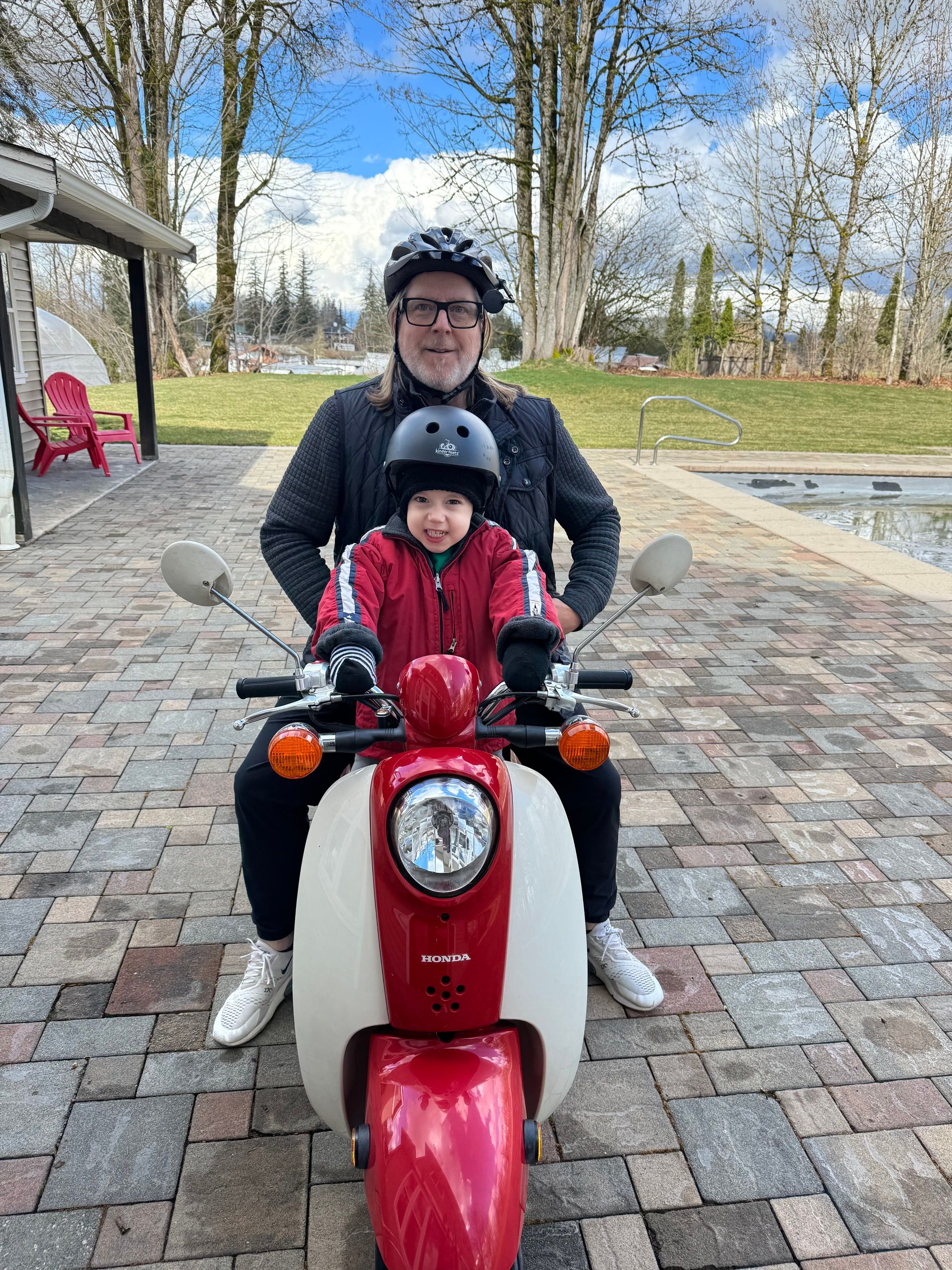
What The Gottmans Discovered and Why It Matters for All of Us
Drs. John and Julie Gottman call these moments “bids for connection.” Through decades of research—watching thousands of couples interact in their “Love Lab”—they discovered that these small bids, and how we respond to them, are among the biggest predictors of lasting, meaningful relationships.
The math is simple but profound:
Happy couples turned toward each other's bids 86% of the time.
Unhappy couples? Just 33%.
But this isn't just about romantic relationships. Turning toward is a human principle.
A friend says, “Want to grab a walk later?”
A coworker shows you a meme.
A spouse comments on the beautiful house you're driving past.
A stranger glances your way, hoping for a smile.
These are all bids for connection. And each time, we choose: Will we turn toward? Or turn away?
Turning Towards Is a Muscle, Not a Mood
What happens when we respond? We make what the Gottmans call a deposit in the “emotional bank account.” Each small moment of connection builds trust, goodwill, and resilience—resources that will carry us through future disagreements, hard seasons, and miscommunications.
But when we miss or ignore those bids, we slowly drain that bank account. Over time, suspicion replaces safety. Interpretation replaces curiosity. Criticism, defensiveness, and distance begin to move in.
And this doesn't just happen in marriages.
Friends stop texting back.
Teams begin to fracture.
Families drift apart—not from a single blowout, but from a thousand tiny missed chances to say, “I see you.”
How to Turn Toward in Everyday Life
Whether you're a leader in business or love, parenting or friendship, here are three ways to start practicing this daily:
Tune In Before You Log Out
Most bids are subtle: a sigh, a shift in tone, a pause before a sentence. Start by slowing down. Notice. Be curious. Ask: Is this a moment to lean in?Respond, Even If You Can't Resolve
You don't have to fix everything. A simple, “That sounds hard,” or “I hear you,” is often enough. The power is in the presence, not the solution.Make Micro-Moments Sacred
The next time someone shares a meme, asks a question, or makes a joke—pause. Look up. Laugh with them. Ask a follow-up. These tiny turns build a foundation stronger than grand gestures.
In a world where everyone is speaking, the ones who listen become leaders. The ones who notice become healers. And the ones who turn toward—even when it's inconvenient, awkward, or small—become the architects of belonging.
Let's become those people. One turn at a time.
Until next week,
Jonathan Penner | Founder & Exec Dir. of LifeApp
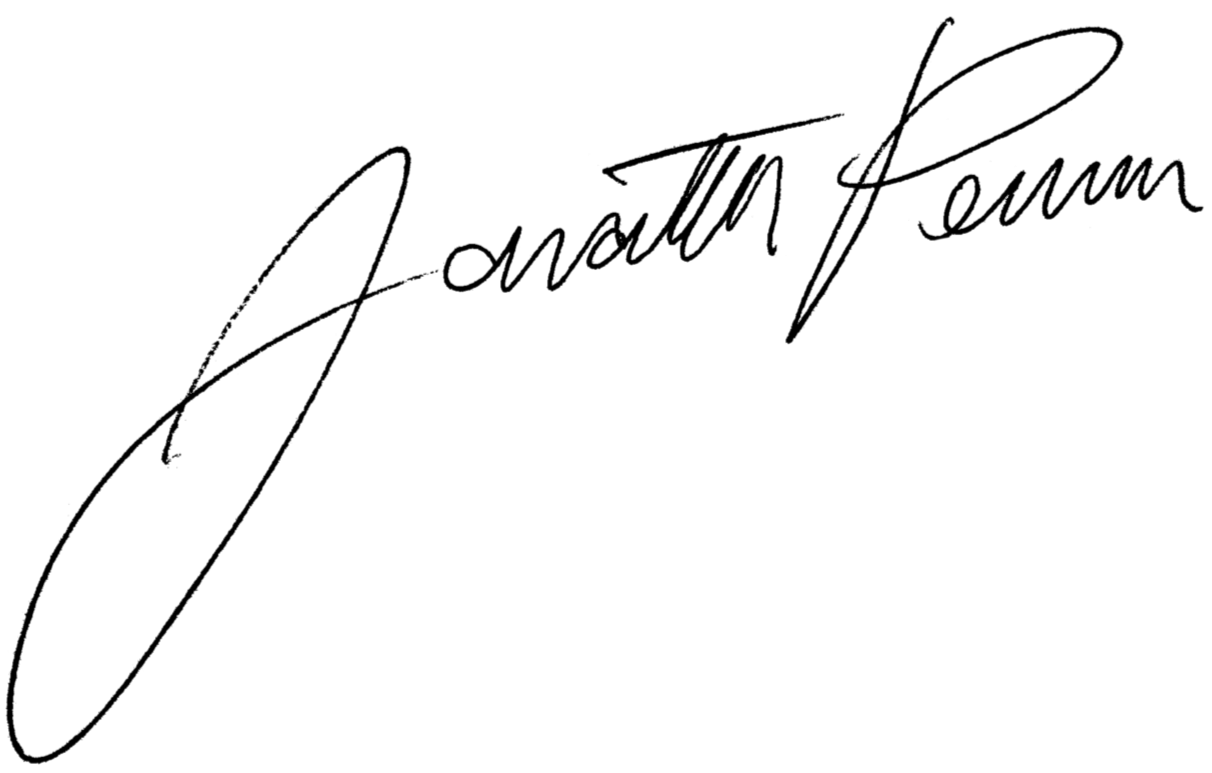
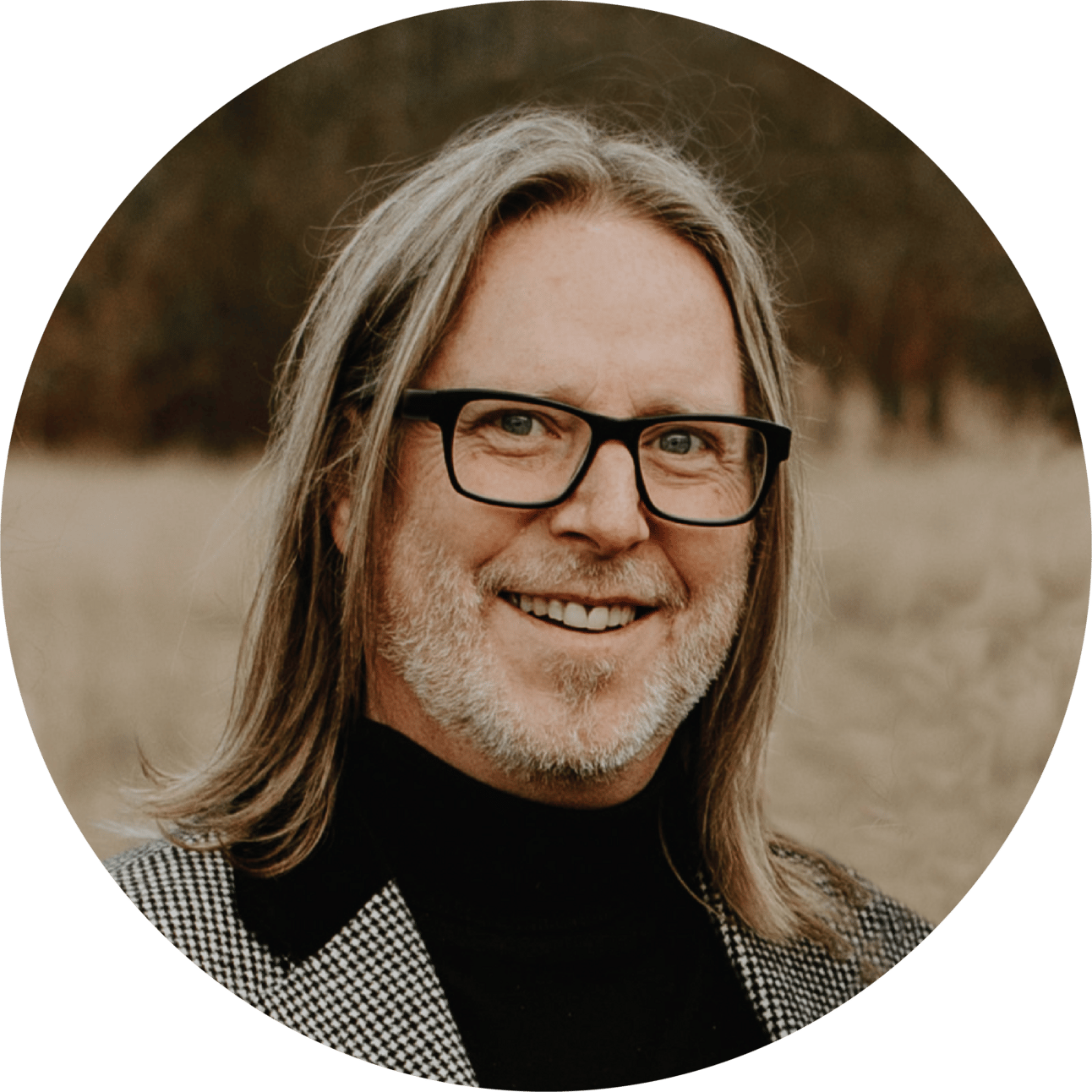
Want To Dig Deeper?
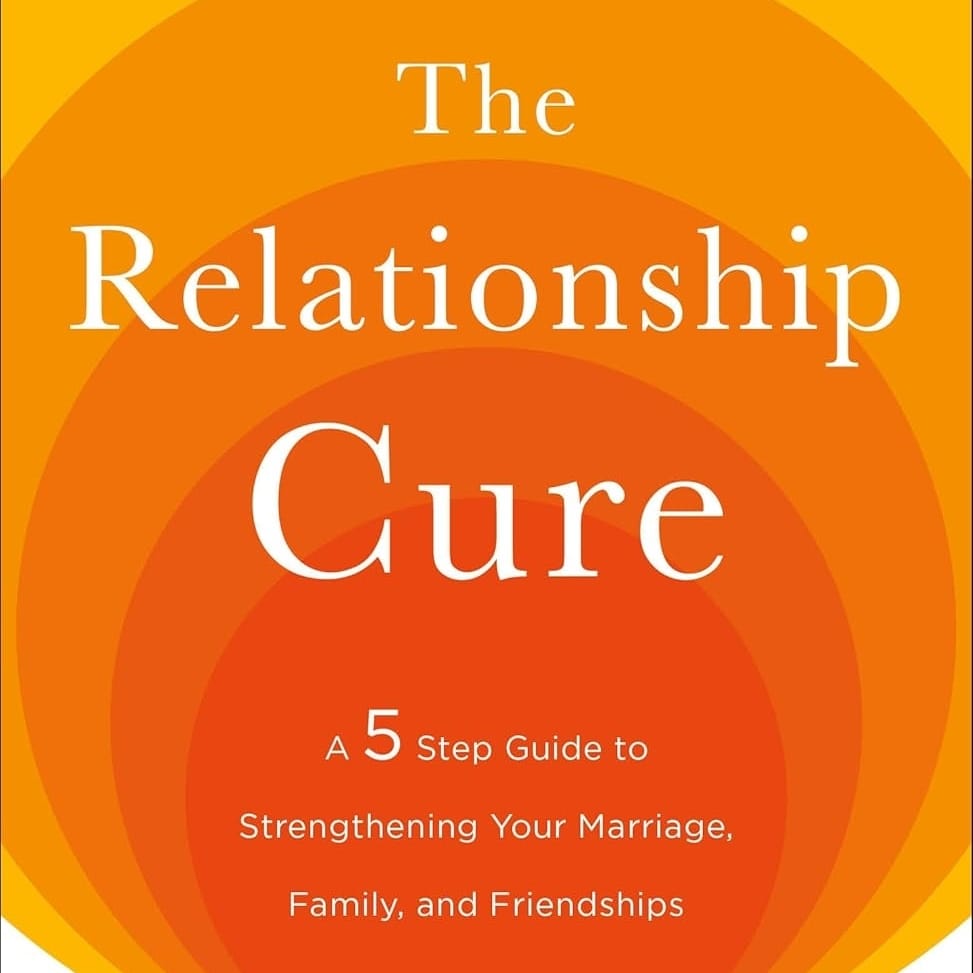
Book
The Relationship Cure
A simple yet powerful 5-step program, based on 20 years of innovative research, for greatly improving all the relationships in your life—with spouses and lovers, children, siblings, and even your colleagues at work.
-Dr John Gottman
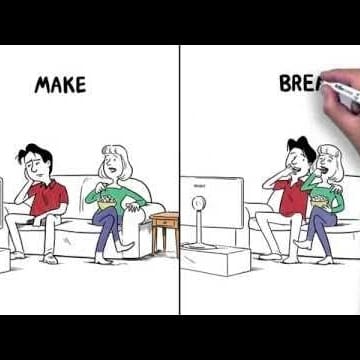
Video
The Easiest Way to Improve Your Relationships
The easiest way to improve your relationship is to pay attention to your partner during life’s small, everyday moments. This video shows you how.
-The Gottman Institute
Learn More About
“Something happened during the 3 Day and it was wonderful. I have never felt so much love in one place. Raw and visceral and beautiful. I have been changed by the power of love.”

